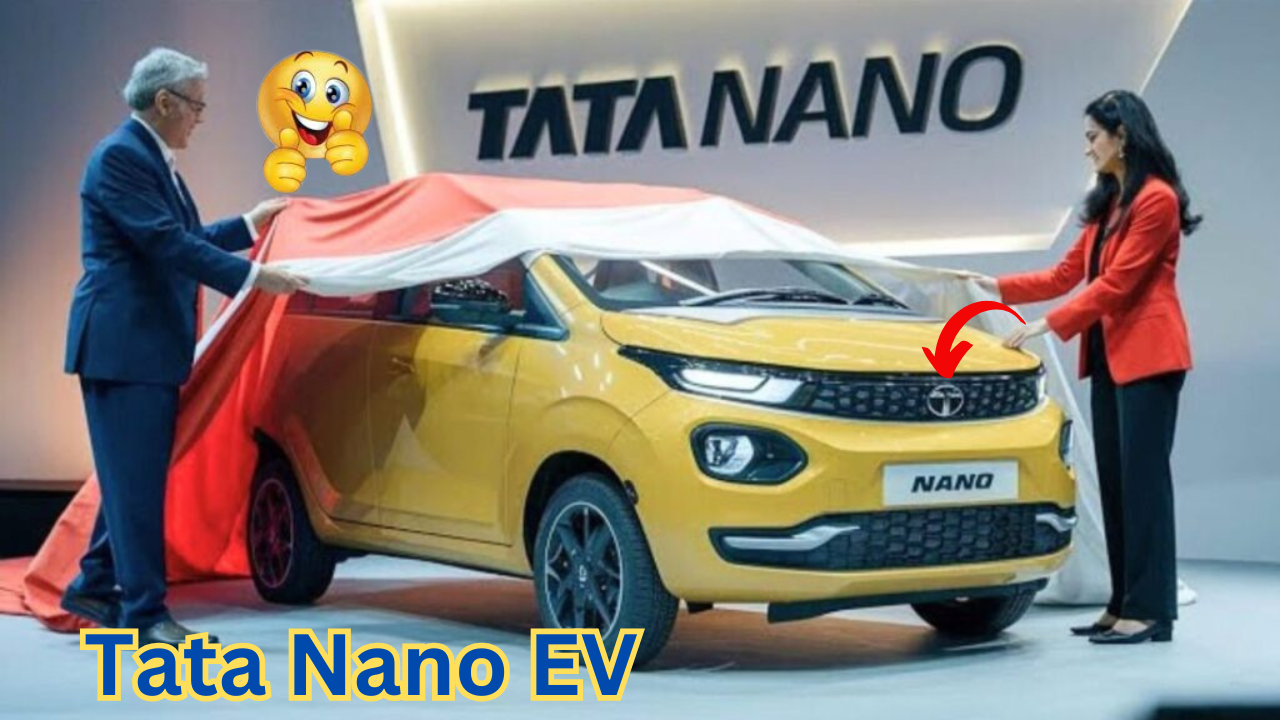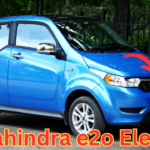Introduction
The Tata Nano was introduced as the world’s cheapest car, an ambitious project envisioned by Ratan Tata to provide an affordable, safe, and fuel-efficient vehicle for Indian families. However, despite its promising start, the Nano faced multiple challenges and was eventually discontinued. Now, with the rise of electric vehicles (EVs) and sustainable transportation, the Tata Nano EV is rumored to make a comeback. Could this modern iteration fulfill Ratan Tata’s original dream while meeting the demands of today’s eco-conscious market?
The Vision Behind the Tata Nano
Ratan Tata conceptualized the Tata Nano with the belief that every Indian family deserved access to a safe and affordable car. The idea stemmed from seeing families of four riding motorcycles, often in unsafe conditions. The goal was to create a low-cost car priced at just ₹1 lakh, making it accessible to lower and middle-class families.
Key Highlights of the Original Tata Nano:
- Launched in 2008 as the world’s most affordable car.
- Featured a 624cc two-cylinder petrol engine.
- Promised a fuel efficiency of 24 km/l, making it economical.
- Aimed at replacing unsafe two-wheelers for family transportation.
Challenges Faced by the Original Tata Nano
Despite its noble intentions, the Nano faced several hurdles:
- Marketing Issues: Perception as a ‘cheap car’ rather than an affordable, smart vehicle.
- Safety Concerns: Limited safety features and lack of airbags.
- Declining Sales: Initial excitement faded due to production issues and brand positioning.
- Emission and Regulation Challenges: Struggled to meet new industry standards.
- Competition from Used Cars: Many buyers opted for pre-owned vehicles at a similar price.
Due to these factors, Tata Motors discontinued the Nano in 2018. However, with the global shift toward EVs, the concept of a Tata Nano EV is gaining traction.
The Rise of Electric Vehicles in India
India is rapidly transitioning toward electric mobility, with government initiatives promoting EV adoption. Several automobile manufacturers are now focusing on affordable electric cars to cater to mass-market consumers.
Why an EV Revolution Now?
- Government incentives such as FAME II subsidies for EV buyers.
- Rising fuel costs making petrol/diesel cars expensive to maintain.
- Growing environmental concerns, leading to stricter emission norms.
- Advancements in battery technology, reducing EV costs and increasing efficiency.
Tata Nano EV: What Can We Expect?
While there is no official confirmation from Tata Motors, speculations and prototypes suggest that a Tata Nano EV could be in the works. The new model is expected to retain the Nano’s affordability while integrating modern electric powertrain technology.
Possible Features of Tata Nano EV:
- Electric Powertrain: A small but efficient electric motor with a battery pack offering a range of 200-250 km per charge.
- Fast Charging Capabilities: Supporting DC fast charging, allowing an 80% charge in under 60 minutes.
- Compact Design: Retaining the original Nano’s small footprint, making it ideal for city driving.
- Smart Features: Digital dashboard, smartphone connectivity, and regenerative braking.
- Safety Upgrades: Inclusion of dual airbags, ABS, and a reinforced chassis.
Tata Nano EV vs. Competitors
With increasing competition in the budget EV segment, how would the Nano EV stack up against alternatives like the MG Comet EV, Citroen eC3, and Tata Tiago EV?
| Feature | Tata Nano EV (Expected) | Tata Tiago EV | MG Comet EV | Citroen eC3 |
|---|---|---|---|---|
| Price Range | ₹4-6 lakh | ₹8-11 lakh | ₹7-9 lakh | ₹11-13 lakh |
| Range (Km) | 200-250 km | 250-315 km | 200-230 km | 300-320 km |
| Battery | 17-20 kWh | 19.2-24 kWh | 17.3 kWh | 29.2 kWh |
| Charging Time | 60 min (Fast Charge) | 57 min | 58 min | 57 min |
| Seating Capacity | 4 | 5 | 4 | 5 |
From the table, it is evident that the Nano EV could become India’s most affordable electric car, making it an excellent choice for budget-conscious consumers.
Potential Impact on Indian Families
If Tata successfully launches the Nano EV at an affordable price, it could revolutionize mobility for small and lower-income families.
How the Nano EV Can Transform Urban Mobility:
- Affordable Daily Commute: Low running and maintenance costs.
- Sustainable Future: Reducing dependence on fossil fuels.
- Accessible for Middle and Lower-Income Families: A cost-effective alternative to two-wheelers.
- Easy City Navigation: Compact size perfect for congested roads.
Challenges and Roadblocks
Despite its potential, there are some challenges Tata Motors may need to overcome:
- Battery Costs: Keeping costs low without compromising range.
- Charging Infrastructure: Expanding fast-charging stations across India.
- Consumer Perception: Overcoming the previous Nano’s ‘cheap car’ image.
- Government Regulations: Compliance with safety and emission norms.
Conclusion: Can Tata Nano EV Fulfill Ratan Tata’s Dream?
The Tata Nano EV represents a second chance to fulfill Ratan Tata’s vision of an affordable, safe, and accessible car for Indian families. If priced competitively, backed by strong marketing, and supported by government incentives, the Nano EV could become the ultimate budget-friendly electric car in India.
Will Tata Motors bring back the legendary Nano in an electric avatar? Only time will tell, but one thing is certain—if the Nano EV becomes a reality, it has the potential to redefine affordable transportation in India once again.













